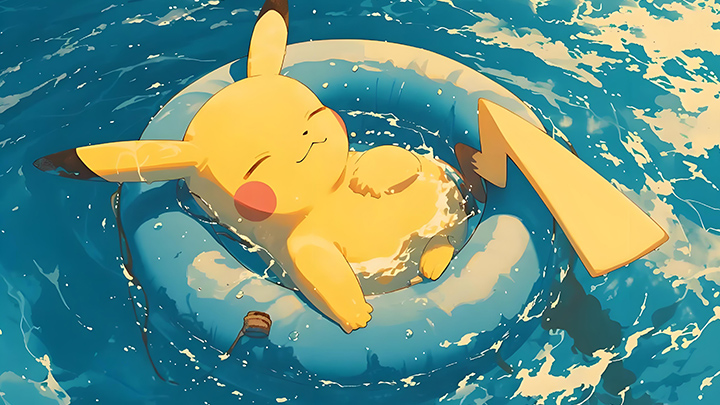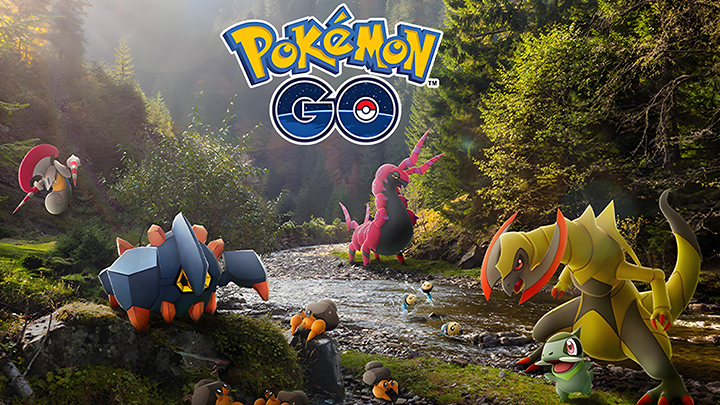How to Tell if a Pokémon Card is Real or Fake
Pokémon cards are beloved by collectors and players around the world. However, the popularity of the Pokémon Trading Card Game (TCG) has also led to an increase in counterfeit cards. Whether you are buying cards for play or for your collection, knowing how to spot a fake is essential. Here are some key tips to help you distinguish between authentic and counterfeit Pokémon cards.
1. Check the Printing Quality
Genuine Pokémon cards are produced with precise printing methods.
- Colors: The artwork should be sharp, vibrant, and well-defined.
- Text: All text, including attack names and descriptions, should be crisp and free of spelling errors.
- Borders: Official cards have even, clean borders. Fake cards often have uneven edges or blurry outlines.
2. Feel the Card Material
Original Pokémon cards have a very specific weight and texture.
- Thickness: They are made from layered cardstock, giving them a sturdy feel.
- Finish: Most cards have a smooth, professional matte or glossy finish depending on the set.
- Fake cards may feel too light, overly flimsy, or have an unusual slick or rough surface.
3. Look for the Pokémon Logo and Copyright
Every genuine card has proper branding.
- Check for the Pokémon logo in the correct font and color.
- Look at the copyright text at the bottom. Misspellings or missing text are a clear red flag.
4. Inspect the Card Back
The back of a Pokémon card is one of the easiest ways to spot a fake.
- Color: Real cards have a rich, deep blue background, while fakes often appear faded or too bright.
- Design: The Poké Ball image should be perfectly centered and symmetrical.
- Texture: Fake backs often have grainy printing instead of smooth, high-resolution details.
5. Perform the Light Test
Hold the card up to a bright light.
- Genuine cards have a thin black or dark blue layer in the middle, called the rosette pattern, which blocks excessive light.
- Many fake cards are printed on single-layer paper and let far more light through.
6. Check Holographic and Special Features
Rare Pokémon cards often have holographic patterns.
- Real holo patterns are sharp, even, and integrated into the card.
- Fake holo effects can look flat, inconsistent, or like cheap stickers.
7. Compare with a Known Genuine Card
If you’re unsure, place the card side-by-side with a confirmed authentic card of the same type.
- Differences in size, font, and color will be easier to spot when compared directly.
8. Buy from Trusted Sellers
The best way to avoid counterfeits is to purchase from official Pokémon retailers, reputable card shops, or well-reviewed online sellers.
- Avoid unusually low prices — if it seems too good to be true, it probably is.
Final Thoughts
Identifying a fake Pokémon card takes a bit of practice, but once you know what to look for — from printing quality to light tests — you can protect yourself from scams. Keep your collection genuine, and you’ll preserve its value and authenticity for years to come.




